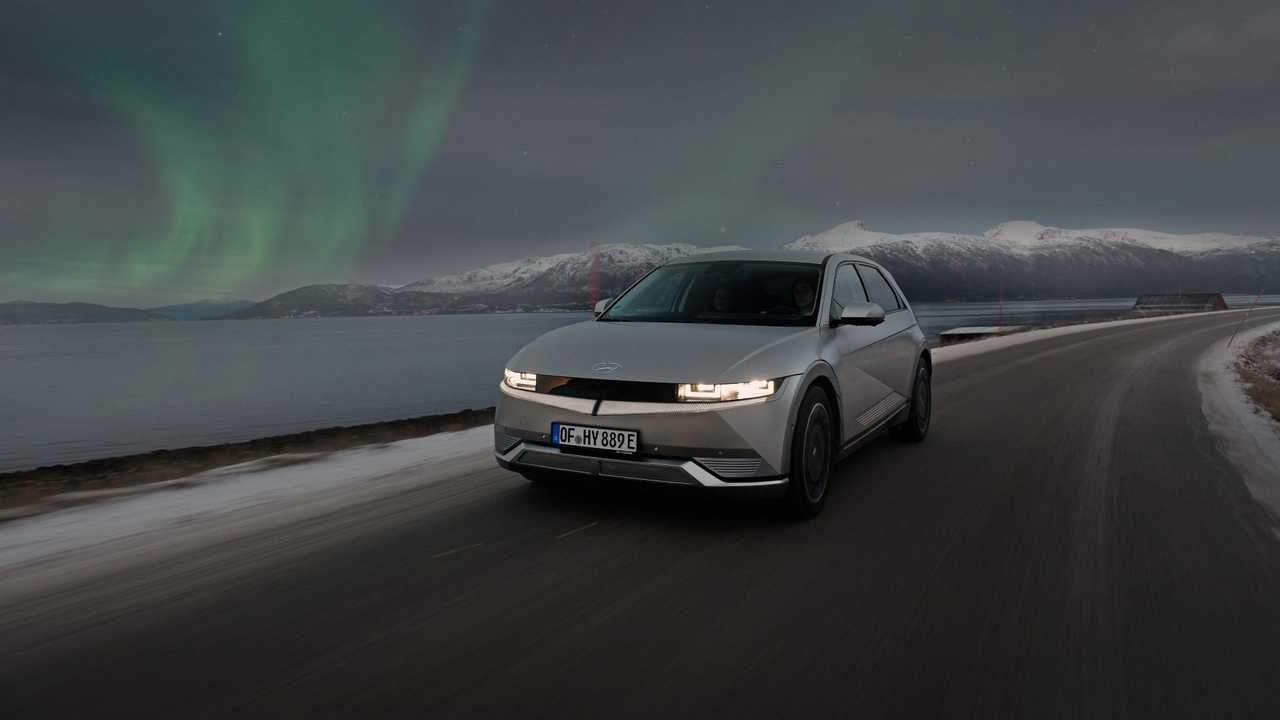

Autism diagnoses have increased but only because of progressively weaker standards for what counts as autism.
The autistic community is a large, growing, and heterogeneous population, and there is a need for improved methods to describe their diverse needs. Measures of adaptive functioning collected through public health surveillance may provide valuable information on functioning and support needs at a population level. We aimed to use adaptive behavior and cognitive scores abstracted from health and educational records to describe trends over time in the population prevalence of autism by adaptive level and co-occurrence of intellectual disability (ID). Using data from the Autism and Developmental Disabilities Monitoring Network, years 2000 to 2016, we estimated the prevalence of autism per 1000 8-year-old children by four levels of adaptive challenges (moderate to profound, mild, borderline, or none) and by co-occurrence of ID. The prevalence of autism with mild, borderline, or no significant adaptive challenges increased between 2000 and 2016, from 5.1 per 1000 (95% confidence interval [CI]: 4.6–5.5) to 17.6 (95% CI: 17.1–18.1) while the prevalence of autism with moderate to profound challenges decreased slightly, from 1.5 (95% CI: 1.2–1.7) to 1.2 (95% CI: 1.1–1.4). The prevalence increase was greater for autism without co-occurring ID than for autism with co-occurring ID. The increase in autism prevalence between 2000 and 2016 was confined to autism with milder phenotypes. This trend could indicate improved identification of milder forms of autism over time. It is possible that increased access to therapies that improve intellectual and adaptive functioning of children diagnosed with autism also contributed to the trends.
The data is from the US CDC.
Hat tip: Yglesias who draws the correct conclusion:
Study confirms that neither Tylenol nor vaccines is responsible for the rise in autism BECAUSE THERE IS NO RISE IN AUTISM TO EXPLAIN just a change in diagnostic standards.
Earlier Cremieux showed exactly the same thing based on data from Sweden and earlier CDC data.
Happy New Year. This is indeed good news, although oddly it will make some people angry.
The post Autism Hasn’t Increased appeared first on Marginal REVOLUTION.
Why Everyone Loves Japan — “Even more astonishing than my interview with Kodansha is the fact that to this day, I have not met a single Japanese person who has heard of the word ‘weeb’.”
The Next Renaissance is Coming
Epicycles All The Way Down. Not really sure what this means but, food for thought.
We simply do not know what a human being who has read a billion books looks like, if it is even feasible, so an immortal who has read a billion books feels about as smart as a human who has read a few dozen.
How To Find Time To Do Science
Strategy means sticking to what matters the most. On the science front, that’s getting results and writing about them. And so I try to spend most of my science time on this. These are the only things that matter. And so if I’m not doing either, I question why. … To reiterate – doing science means learning about the world, then communicating the results. That’s the ultimate end point, so it’s the thing I try to spend the most time on.
Statistics is a Scientific Instrument
We don’t often think about statistics as being in the same category as a microscope. But if you think about it, it’s a tool (built with math rather than physical engineering) that enables us to observe phenomena in the world that are invisible with the naked eye. … Statistics is a powerful instrument, but like any instrument, it provides evidence that then needs interpretation to infer what’s going on with the underlying phenomena – it doesn’t generate truth directly. Look at the X-ray crystallography image of DNA: it’s nowhere near obvious that you’re looking at a double helix. Statistics is the same. The problem is that many people – both practitioners using the tool and people listening to them – treat it as some kind of oracle.
Book Week 2025, Day 6: The Laws Guide to Nature Drawing and Journaling, by John Muir Laws
Fix Your Gut Health Forever by Thinking About Ice Cream
The first time I had the sense that I really needed a green vegetable, it shocked me. It was a new feeling. I’d had cravings before—the standard kind, for carbs and sweets and salty crunchy junk—and this was similar, but it was also distinct. There was a subtlety to it, a strength without the familiar urgency of carb addiction. Make no mistake: I’d always enjoyed green vegetables. But even in the deepest depths of my finals week burrito marathons, I’d never once craved them.
On the same theme: Self Selection of Diet by Newly Weaned Infants: An Experimental Study
Blind Spot Light vs Rear View Camera
In a hostile information environment, you want surface, NOT solve.
…
If the blind spot light stops working, you might think it was safe to turn.
If your fact checker made an error, you might update your world model with the error.
Reliance on these kinds of signals I think is worse than not having a signal at all. If I know that I do not know (whether there is a car there), I am forced to manually turn my head, or be more careful as I turn.
Oliver Sacks Put Himself Into His Case Studies. What Was the Cost? “The admissions in private that Oliver Sacks’ stories were too good to be true were less equivocal than what he hinted at in the preface to The Man Who Mistook His Wife for a Hat” (literalbanana)

Sorry I didn’t respond to your text right away- when the constant demand of staying connected gets too much for me I throw my phone into the woods. That weird text you got earlier was from a possum. Sorry if she was rude.

